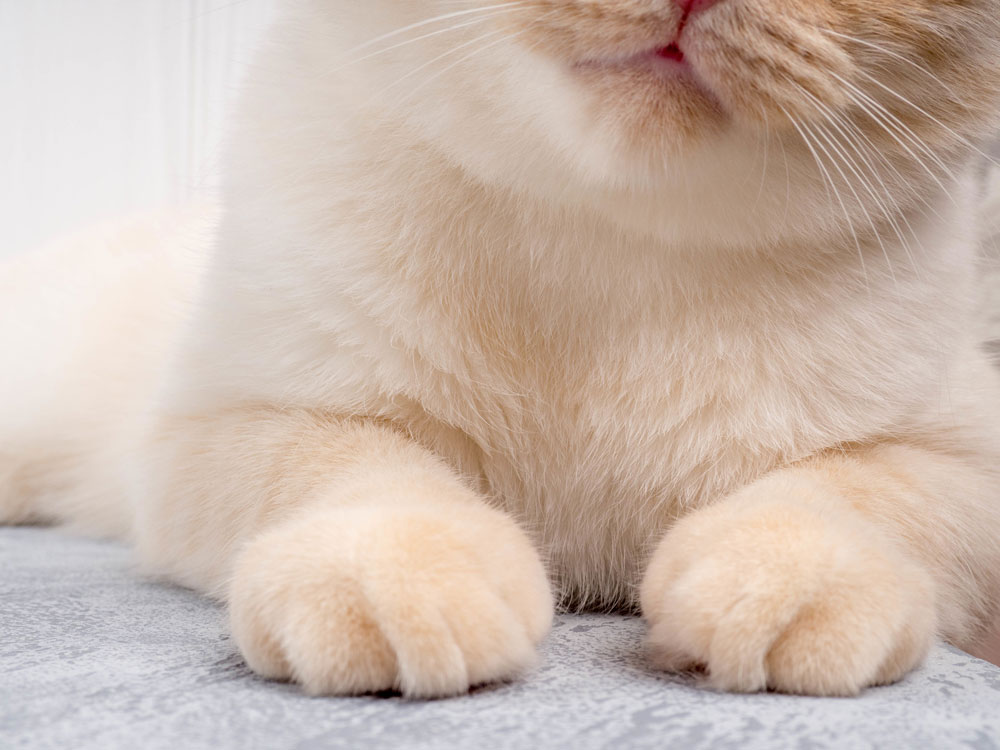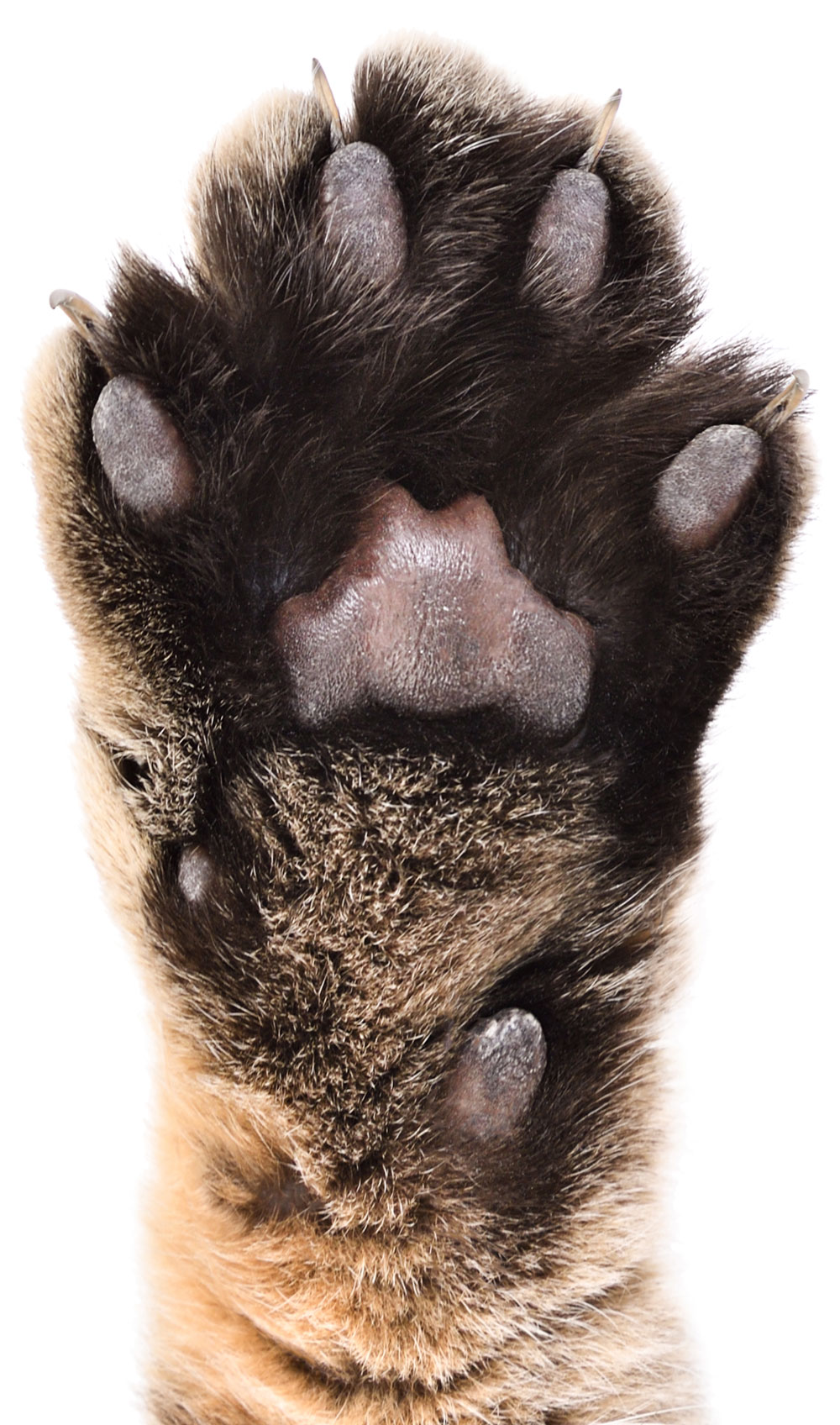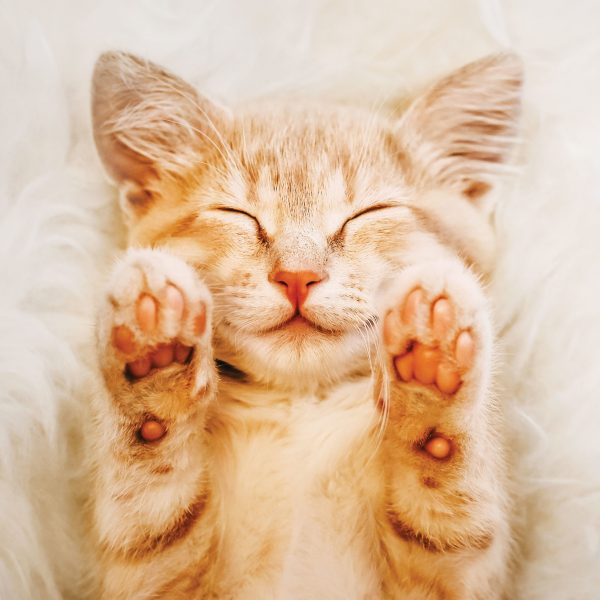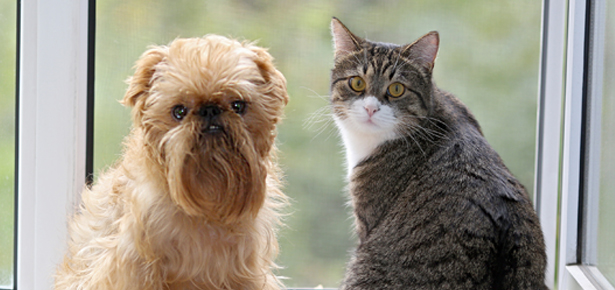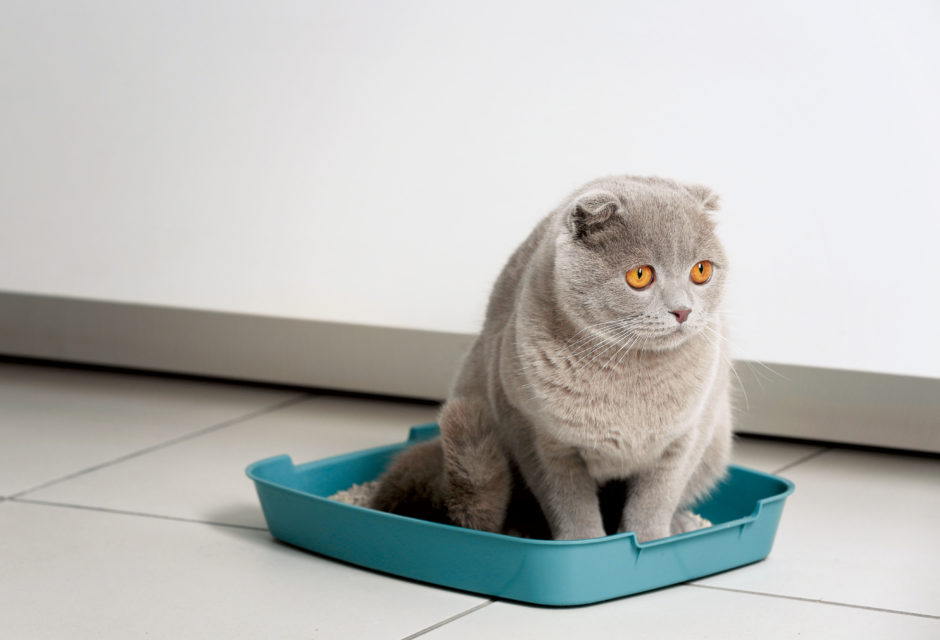
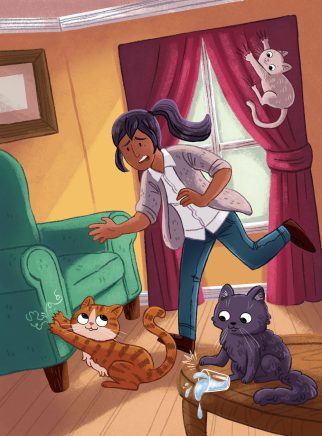
Scratch That! Clawing Behaviour in Cats and What to Do
Is your cat’s scratching behaviour ruining your furniture and driving you up the wall? Here are proven strategies to eliminate damage to your home
By: Mieshelle Nagelschneider, Cat Behaviourist, host of the TV show My Cat From Hell, and author of the cat behaviour science book, The Cat Whisperer
Last Updated:
Cats have evolved over thousands of years to use their claws for a variety of reasons. But even though clawing is a natural behaviour that your cat should be allowed to perform daily, there’s no reason to regard clawing on your sofa and rugs as inevitable—which most owners do. For example, in one study of 122 cats with owners who viewed them as having no behavioural issues, 60 percent of the cats scratched furniture.
Cat clawing behaviour is only deemed a behaviour issue if we the owners don’t like where the clawing is occurring. Fortunately, there are proven strategies that will allow your cat to be a cat while eliminating damage to your home and help decrease clawing behaviour that may have become excessive.
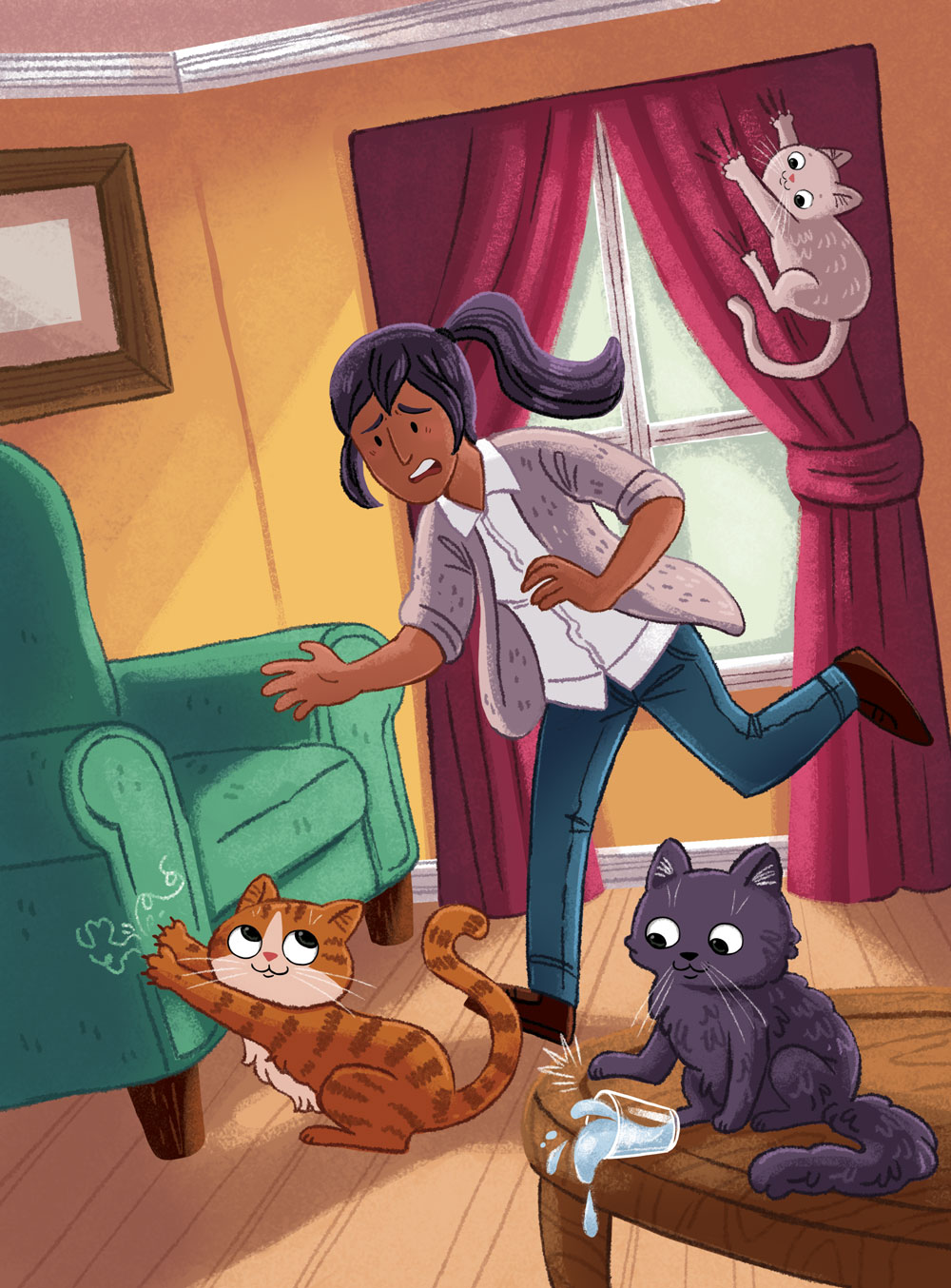
Illustration by Michelle Simpson
Reasons Behind Cat Clawing Behaviour
1. Clawing for nail maintenance: Cats need to claw to maintain the health of the nail and to remove old sheaths, exposing the sharp claw.
2. Clawing for exercise and mobility: Clawing also allows cats to exercise and stretch. Cats are digitigrade, meaning they walk on their toes instead of the bottoms of their paws. As a form of isometric exercise, cats stretch their muscles by embedding their claws into a surface and then pulling back. In addition to using their claws for exercise, cats use them for balance and climbing, which are so important to their feelings of safety.
3. Clawing to reduce stress: Cats are highly skilled at de-stressing and don’t need yoga or a spa weekend getaway. They have many ways to release stress and emotional energy— in addition to claw marking behaviour, pacing and meowing are common behaviours to reduce stress. One common example many cat owners share with me during a consultation is how their cats will claw mark while their scheduled meal is being prepared. Being hungry and having to wait for food can create stress, not just for cats, but for many other species as well.
4. Clawing to Mark Territory: With scent glands between their toes, cats can leave a scent mark at the same time they are leaving a visual mark. If you have a single cat, he will claw mark to give himself a sense of confidence, security, and familiarity with his environment. If you have multiple cats, they will claw mark more often than single cats. Clawing is used to mark territory, warn other cats, and help avoid physical confrontation. You may notice more dominant cats claw marking in front of subordinate cats
“It’s in the nature of animals, who have a distressing disregard for sticker prices, sometimes to just tear things up. Cats will claw silk drapes into streamers, rugs into shreds, and couches into something that resembles the furniture you see at the most depressing yard sale you’ve ever been to. Or they do other things to annoy us, like jumping on the computer keyboard, plucking food off the dining room table while you’re calling the guests in to eat, or licking the butter you left on the kitchen counter—even though you have sat them down many times and carefully explained how the cons of such behaviours outweigh the pros. Luckily, you can stop all of these behaviors—humanely.”
—from Mieshelle Nagelschneider’s feline science behaviour book The Cat Whisperer
What to Do! De-stress Your Cat to Decrease Clawing Behaviour
Stress is often underappreciated in cats and can be one of the main causes for normal day-to-day clawing behaviour as well as excessive clawing. If a cat’s environment is mundane, his stress response system can become activated and this can lead to more clawing behaviour than what’s necessary.
How to Bust Feline Stress to Decrease Clawing:
1. Incorporate a food puzzle into your cat’s daily life using his regular cat food or healthy cat treats. A food puzzle prolongs chewing and feeding while providing your cat with a foraging activity that should be part of his daily behavioural repertoire. Scientific research has shown that food puzzles reduce stereotypical stress-related behaviours in cats.
2. Feeding your cat several small meals a day as opposed to two larger scheduled meals (with the help of a timed feeder if needed) can also help reduce stress because having food more readily available vs. no food for several hours at a time is less stressful. Also, in multi-cat households, cats can be more aggressive and less cooperative with one another when fed on schedules or too many hours apart.
3. Feline pheromone products are effective in reducing stress in cats by helping them feel calmer and safer in their environment and this means less stress-related clawing behaviour. Try Feliway. This synthetic copy of the feline facial pheromone used by cats to mark their territory as safe and secure mimics the cat’s natural facial pheromones, creating a sense of familiarity and security. (30-day starter kit, $20 on amazon.com)
4. One of the best ways to de-stress your cat (and prevent him from becoming stressed to begin with) is to play with him a few times each day. Using an interactive toy like a wand toy that you maneuver or a battery-operated toy can help exhaust his natural predatory behaviour and reduce clawing behaviour.
Promote Clawing Behaviour Where You Want It
Purchase a few scratching posts, pads or other cat scratching items. My cats prefer the corrugated cardboard scratchers in a variety of shapes and sizes. Experiment with where you place the scratchers until you see your cat using them on his own. You can train your cat to use them by dragging a toy across the scratcher, adding a sprinkle of catnip, praising, and offering a food reward!
Deter Clawing Behaviour
There are few gentle and humane products that deter cats from clawing certain areas or items in your home. Sticky Paws are see-through strips of sticky tape to apply to furniture or rugs. The other product is SSSCAT which is a motion sensor air-in-a-can. Both these products work while you’re not around and because cats have a very short learning curve, it only takes a few times to learn what areas of the home are off limits to clawing. Never verbally or physically reprimand a cat for any reason. This will only create more stress and more unwanted clawing behaviour.
Trim Your Cat’s Claws
A clipped nail with a blunt end can make a difference in reducing clawing behaviour while also reducing damage to the home. Have your vet show you how to do this if you’re unsure. You can also place nail caps on your cat’s newly clipped nails which can eliminate damage from natural clawing behaviour. Never declaw a cat. This inhumane practice is like having your fingers amputated at the knuckle.
Need more behavioural advice on scratching or other problems?
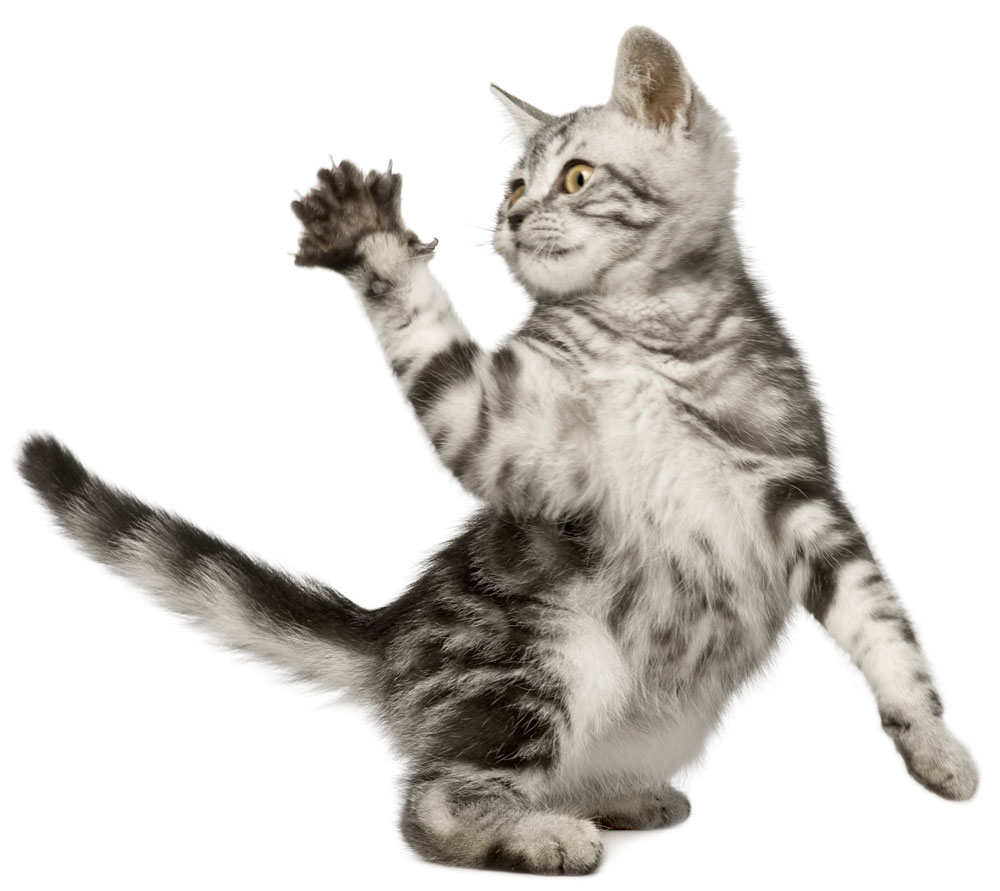
Watch Mieshelle as the cat expert on the Nat Geo Wild TV show “Animals Doing Things” with Howie Mandell, as well on National Geographic cat behaviour documentaries.
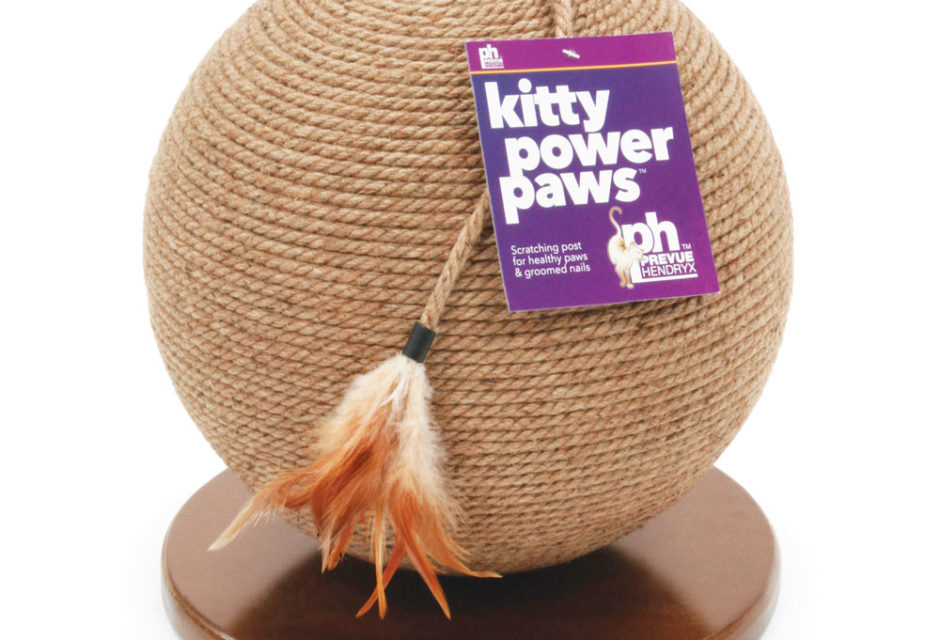
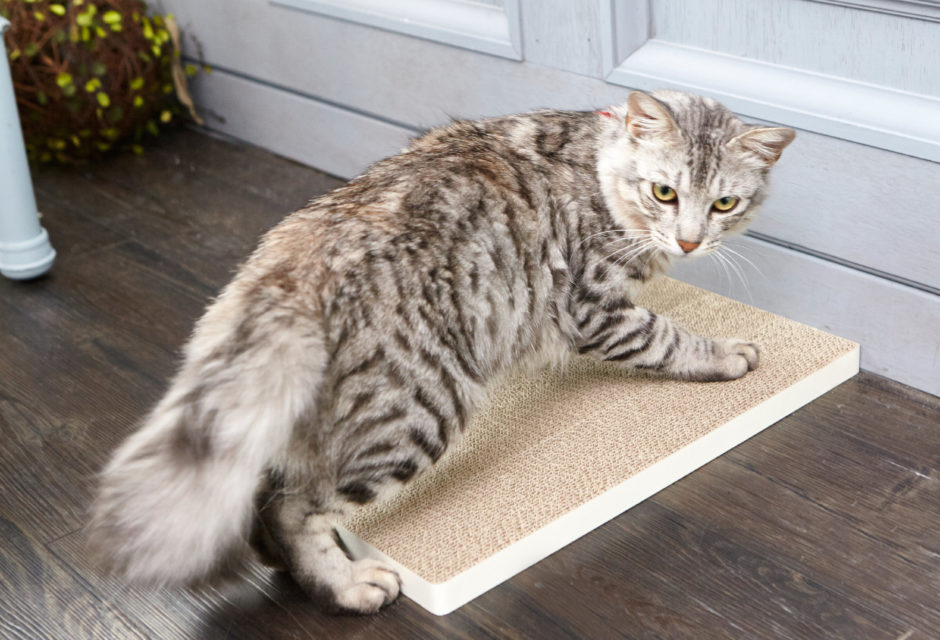
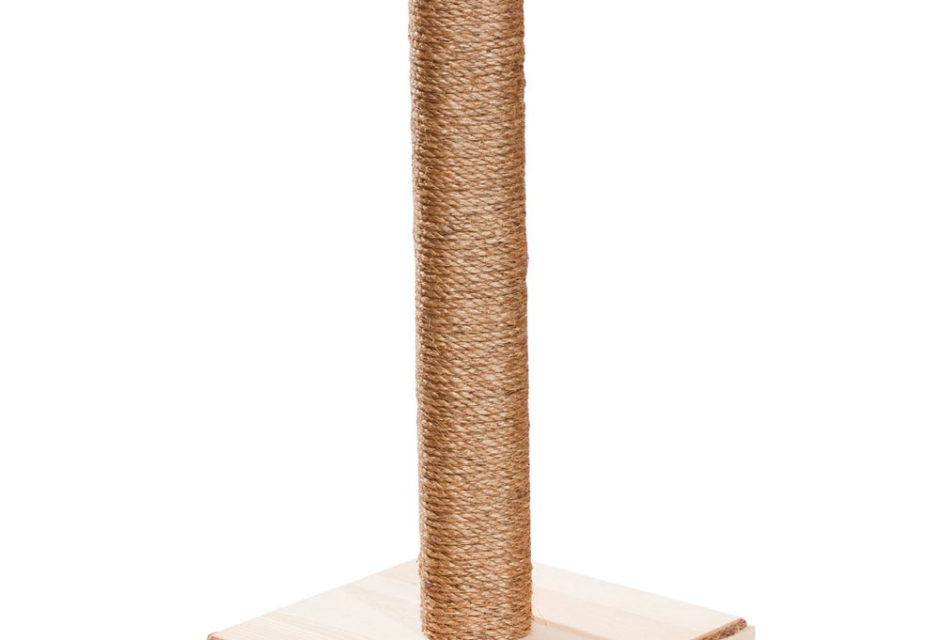

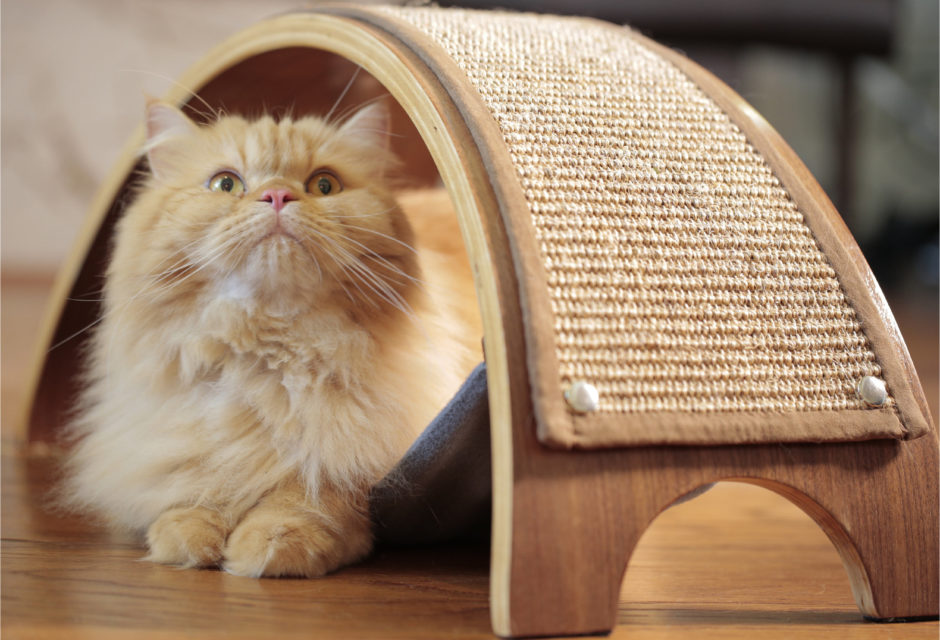
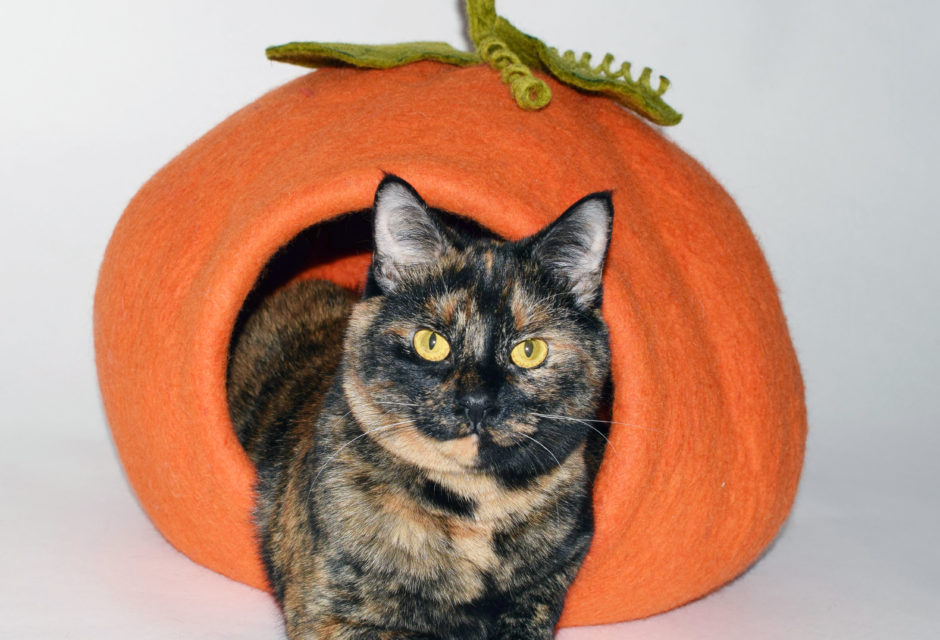
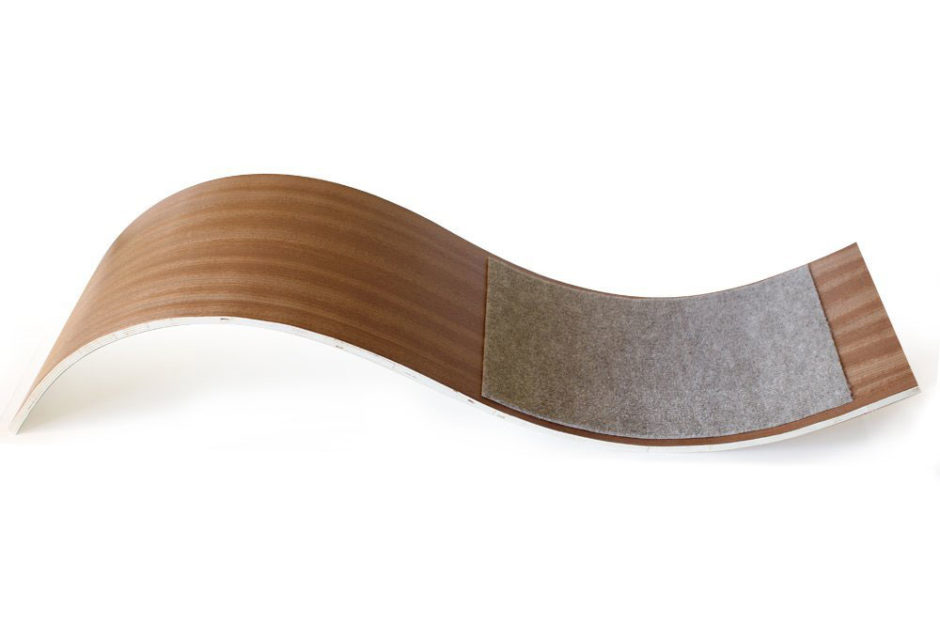
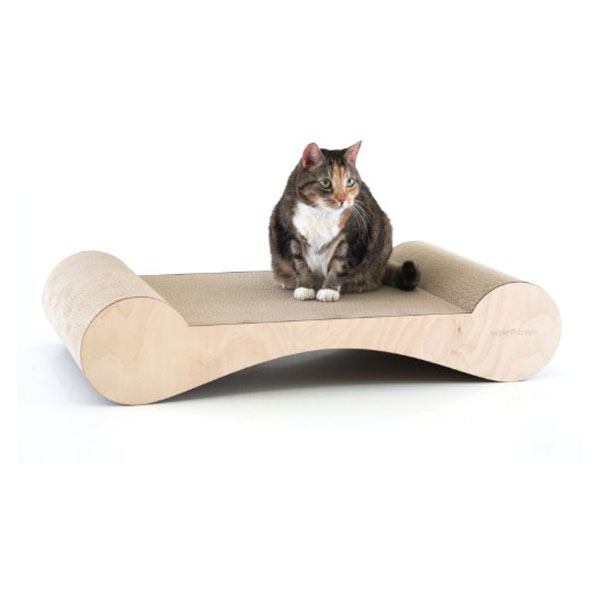
Join the newsletter and never miss out on cat content again!
"*" indicates required fields
By clicking the arrow, you agree to our web Terms of Use and Privacy & Cookie Policy. Easy unsubscribe links are provided in every email.





